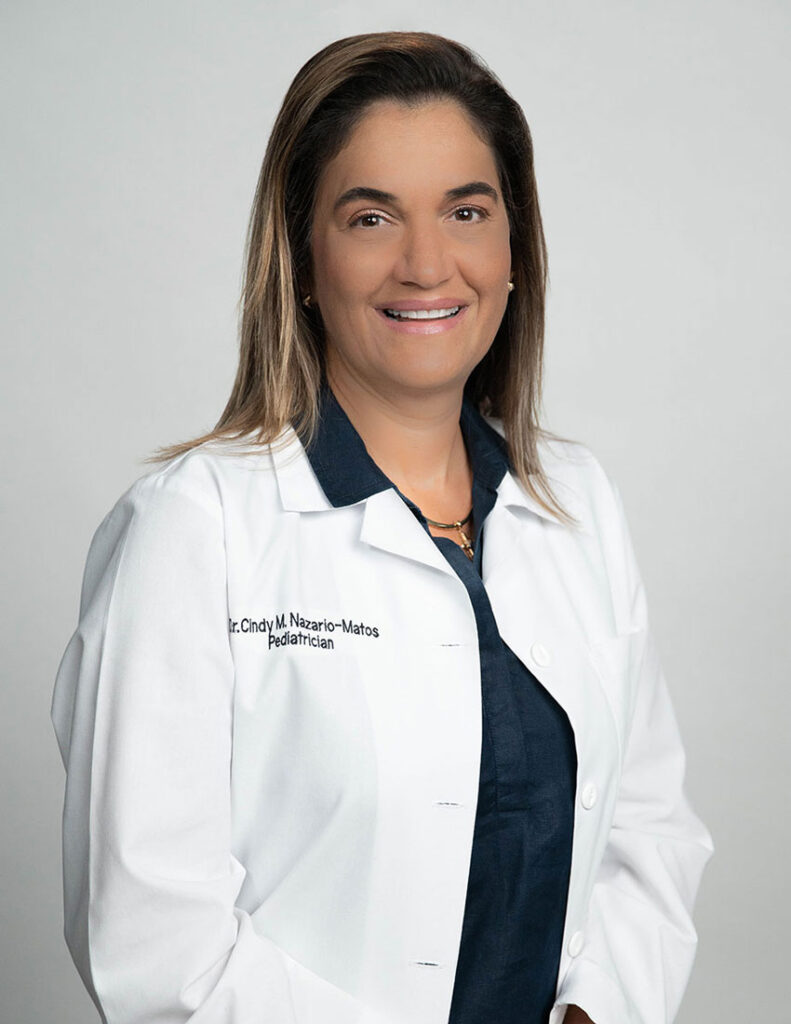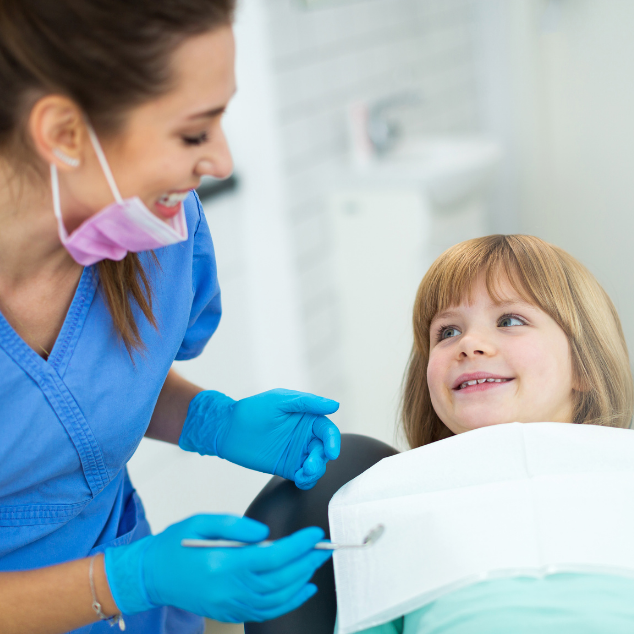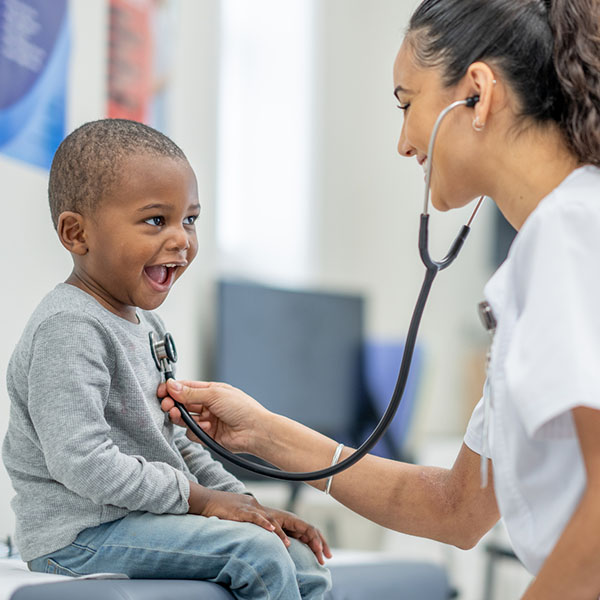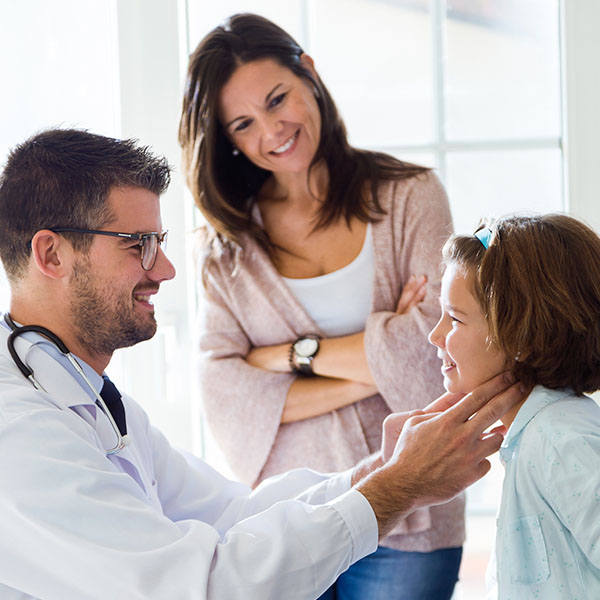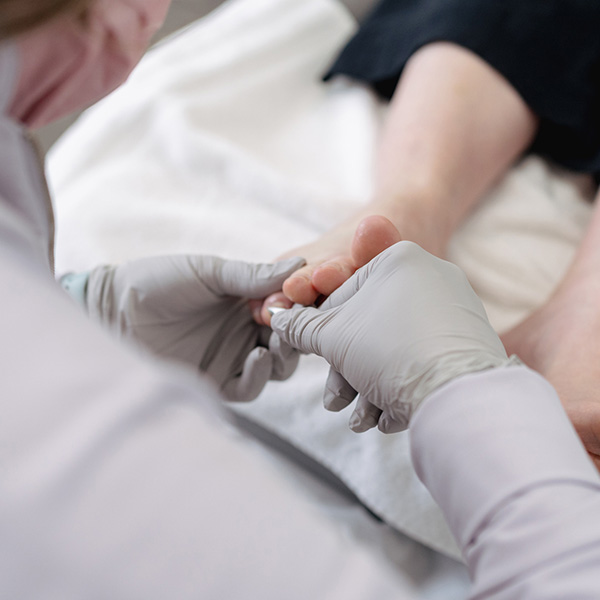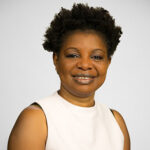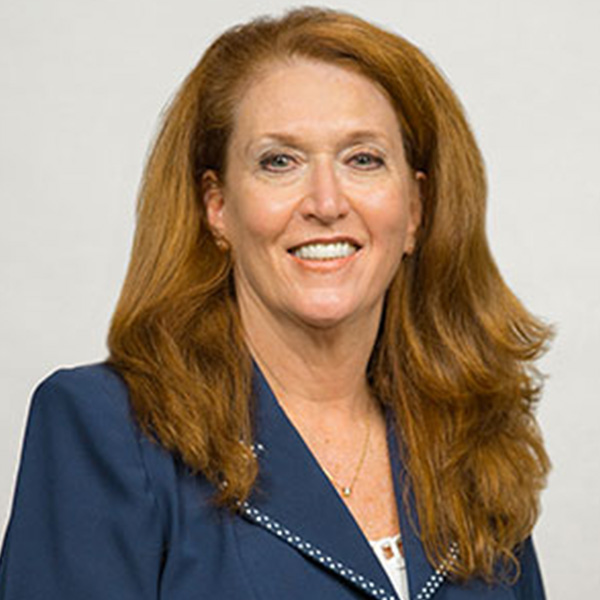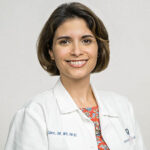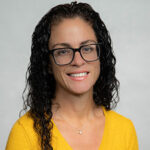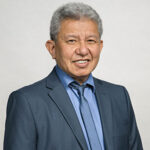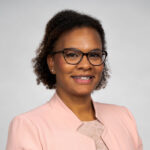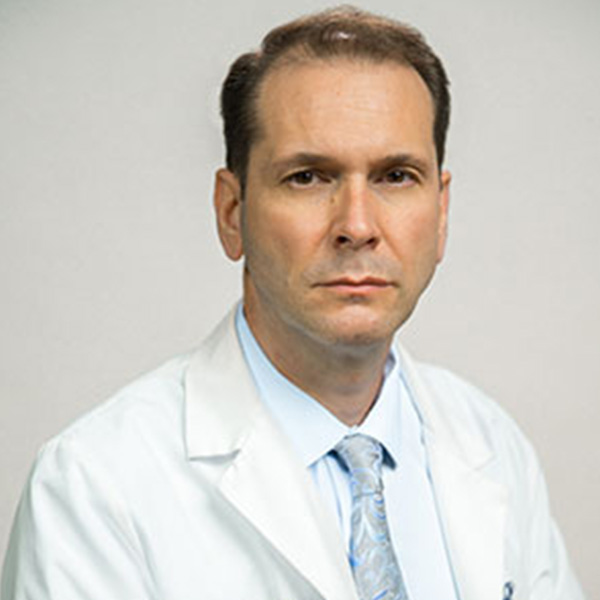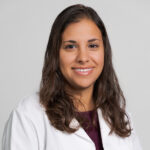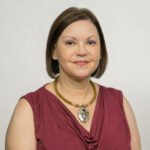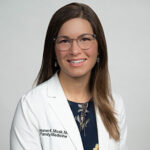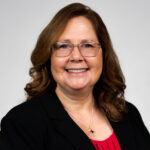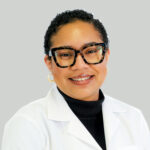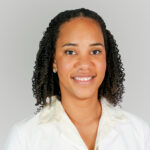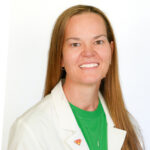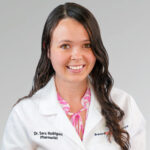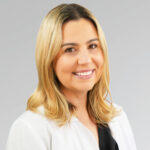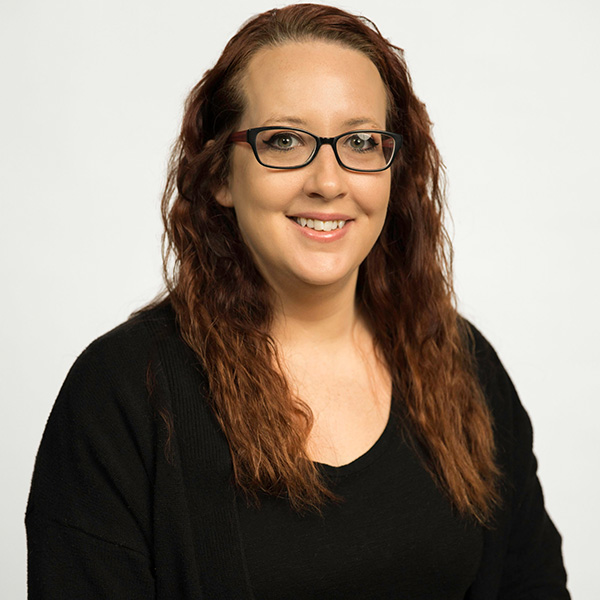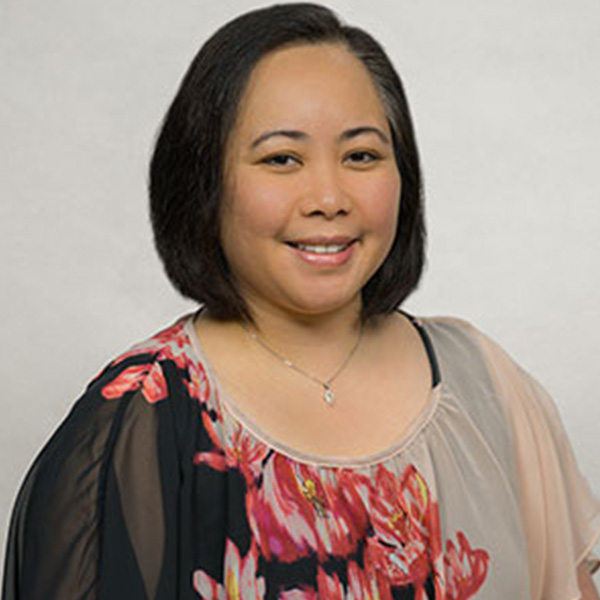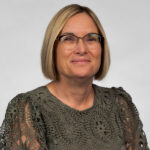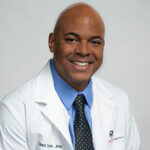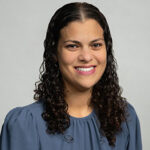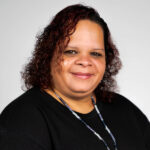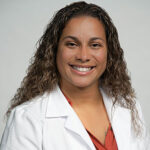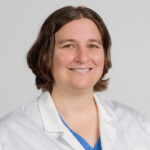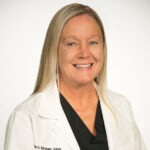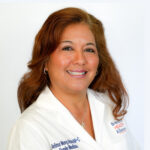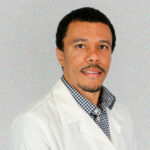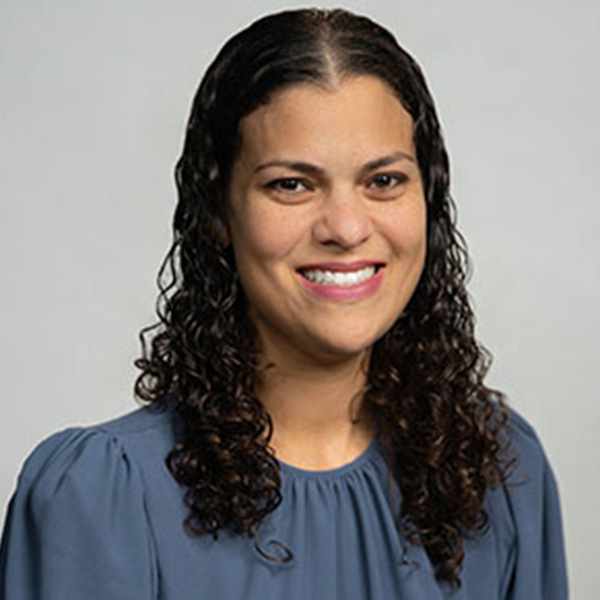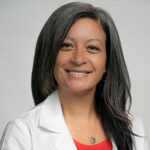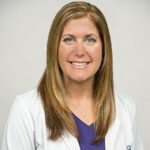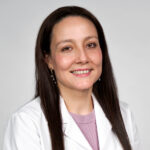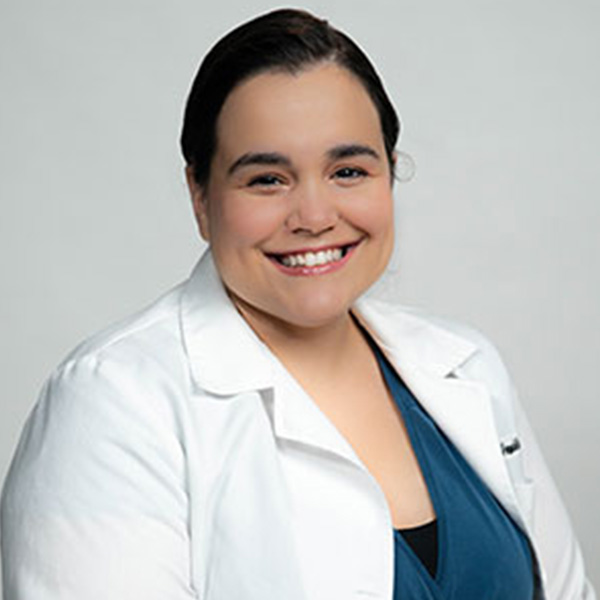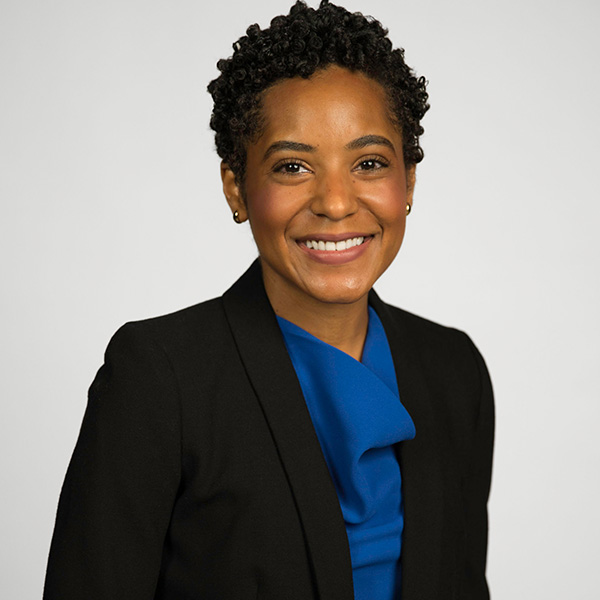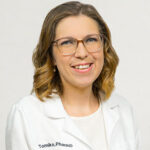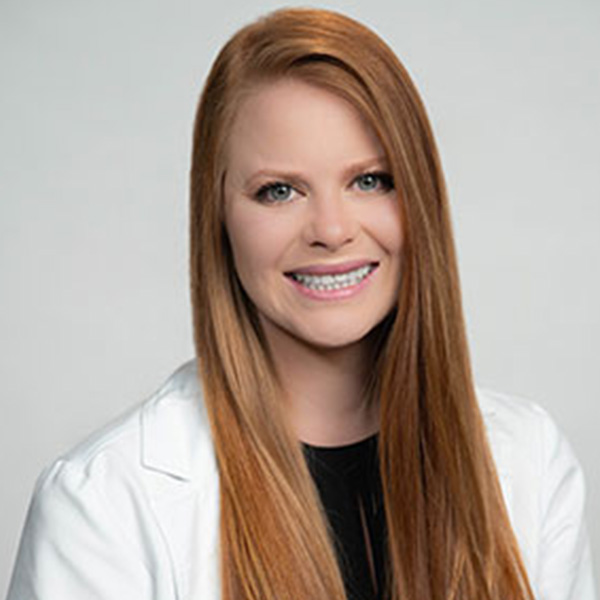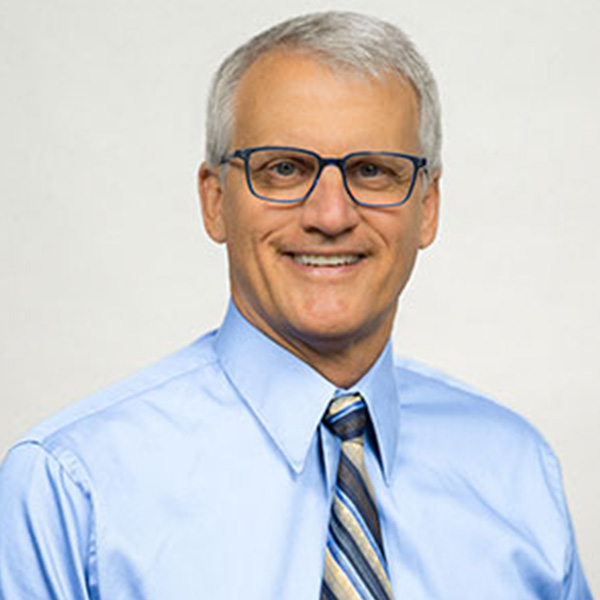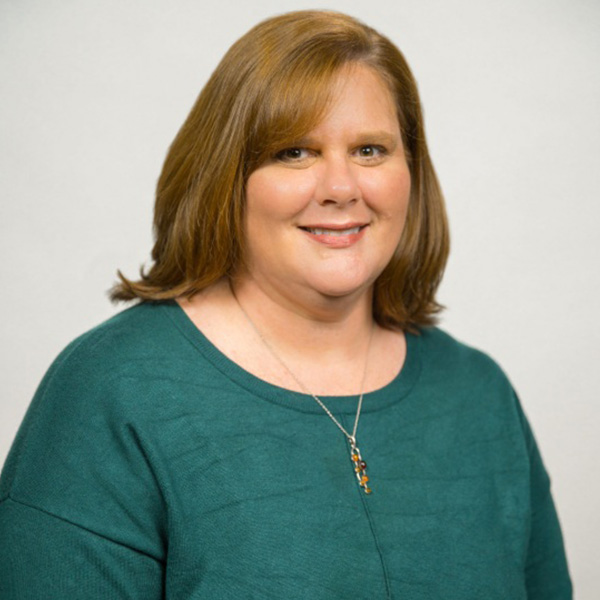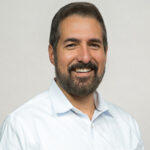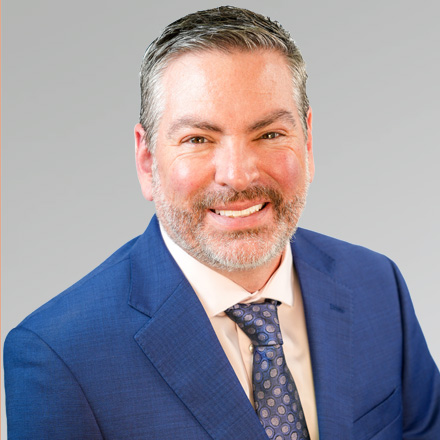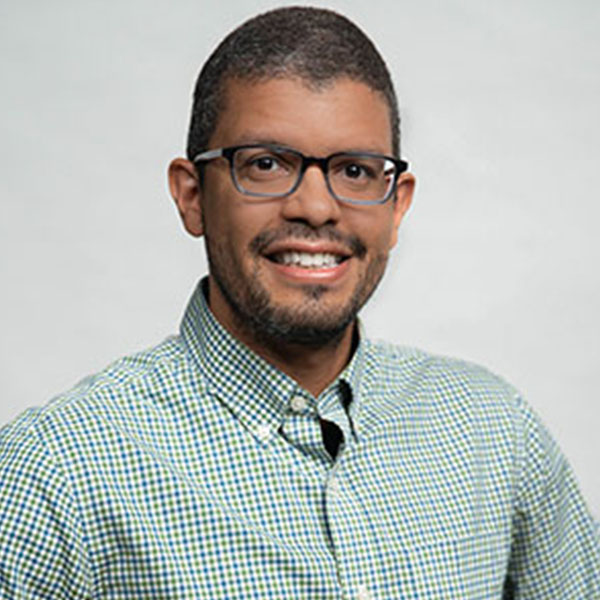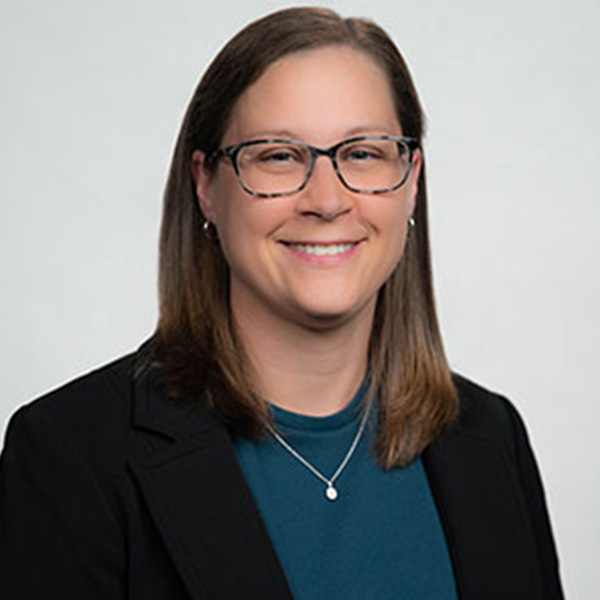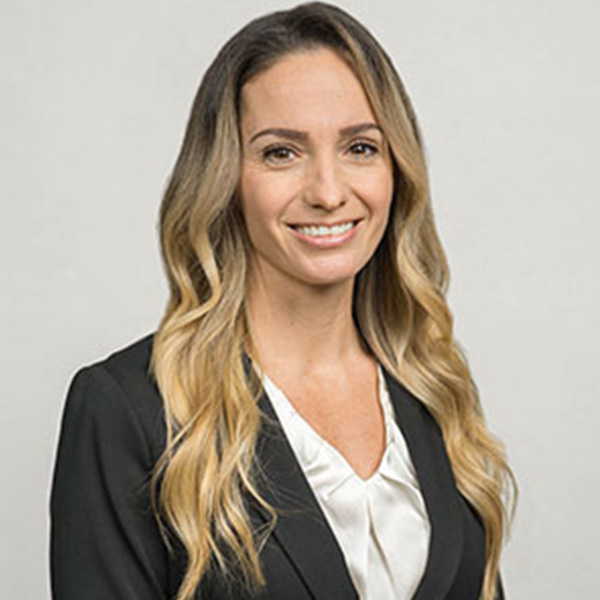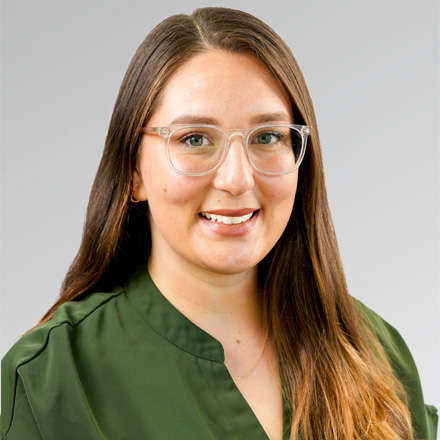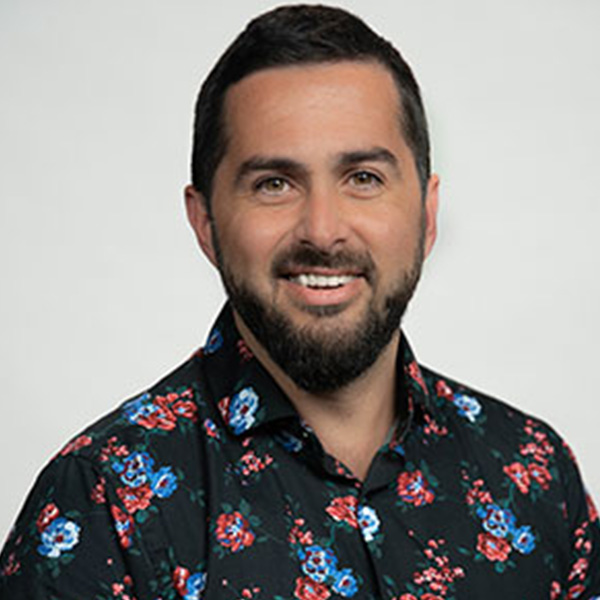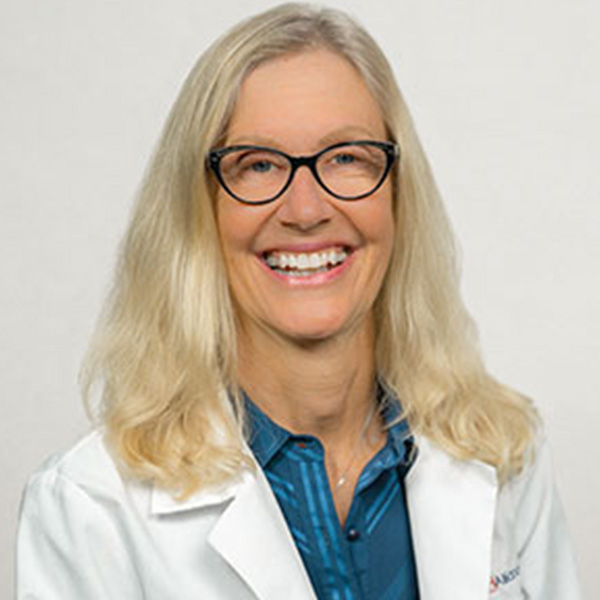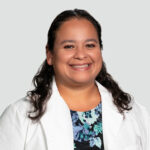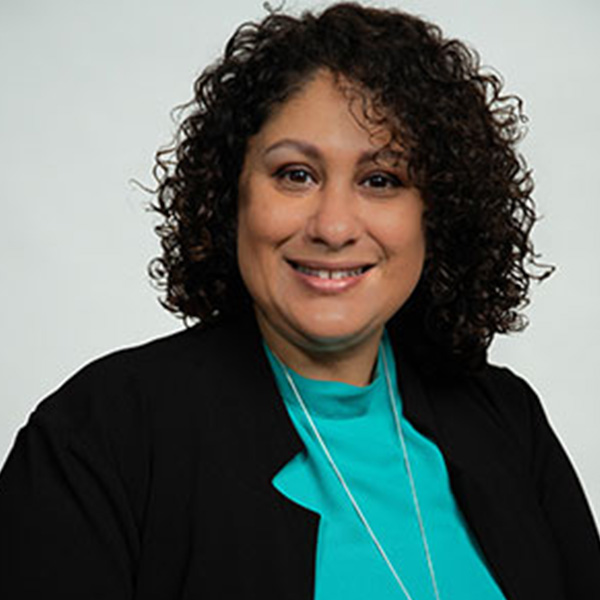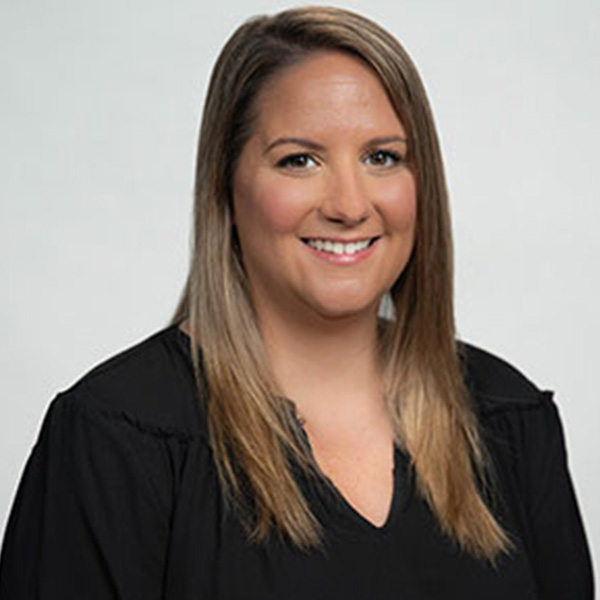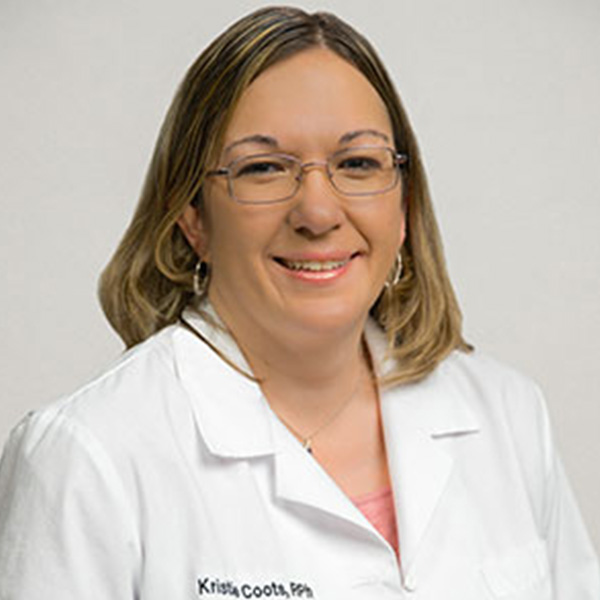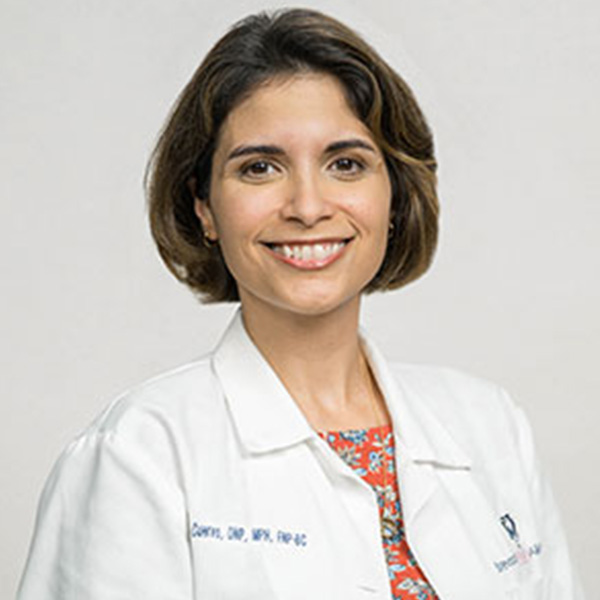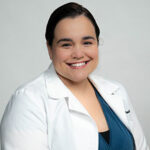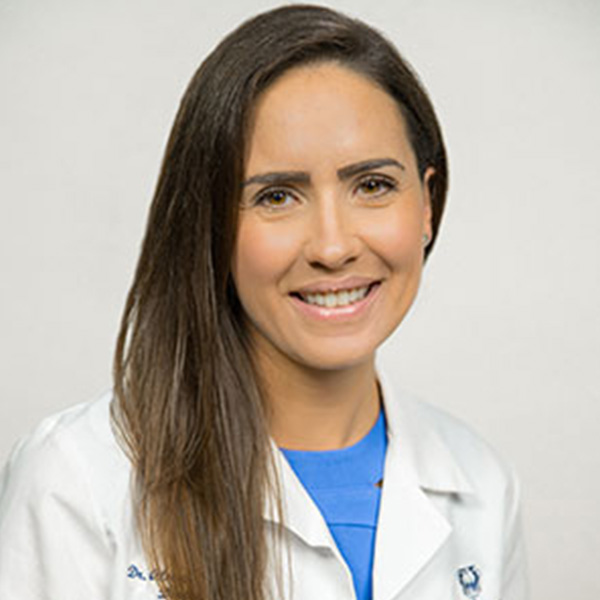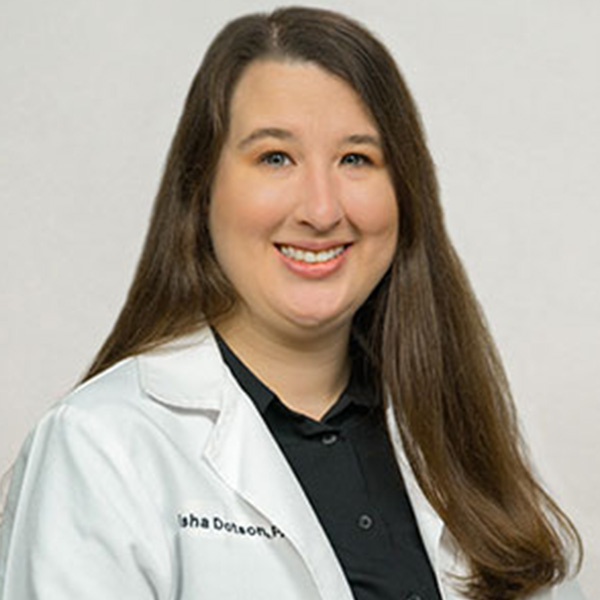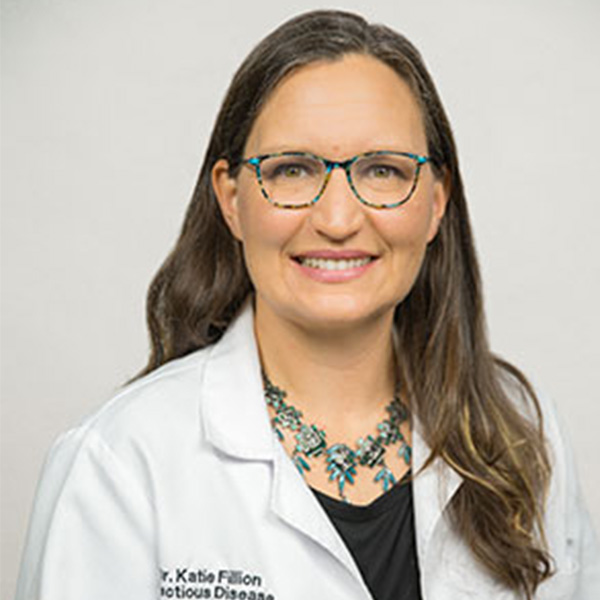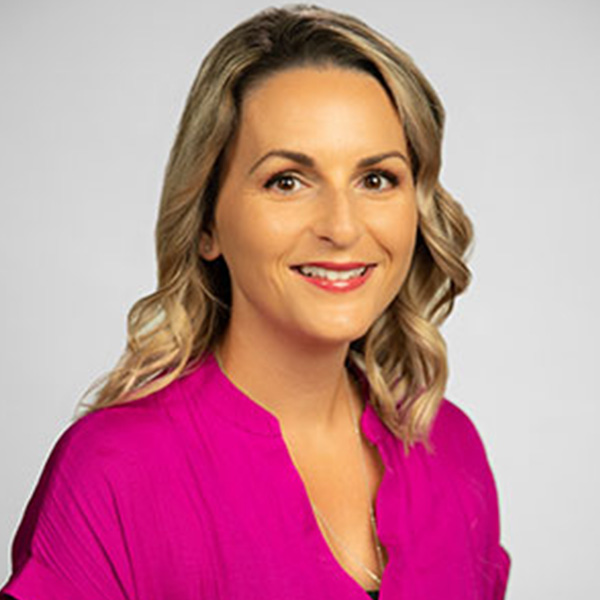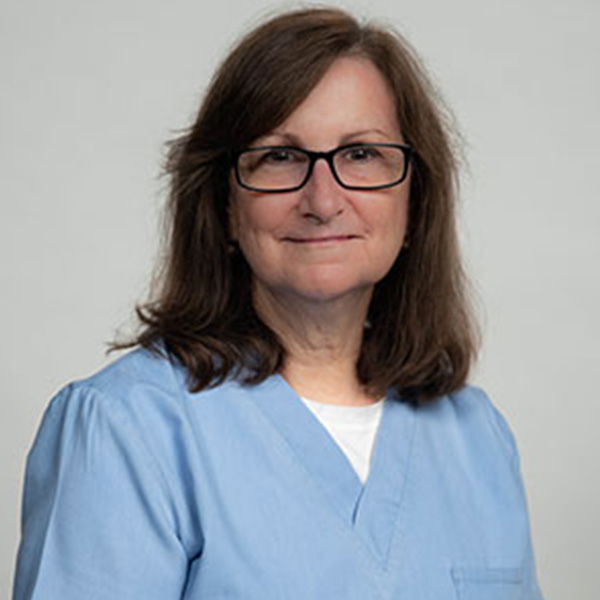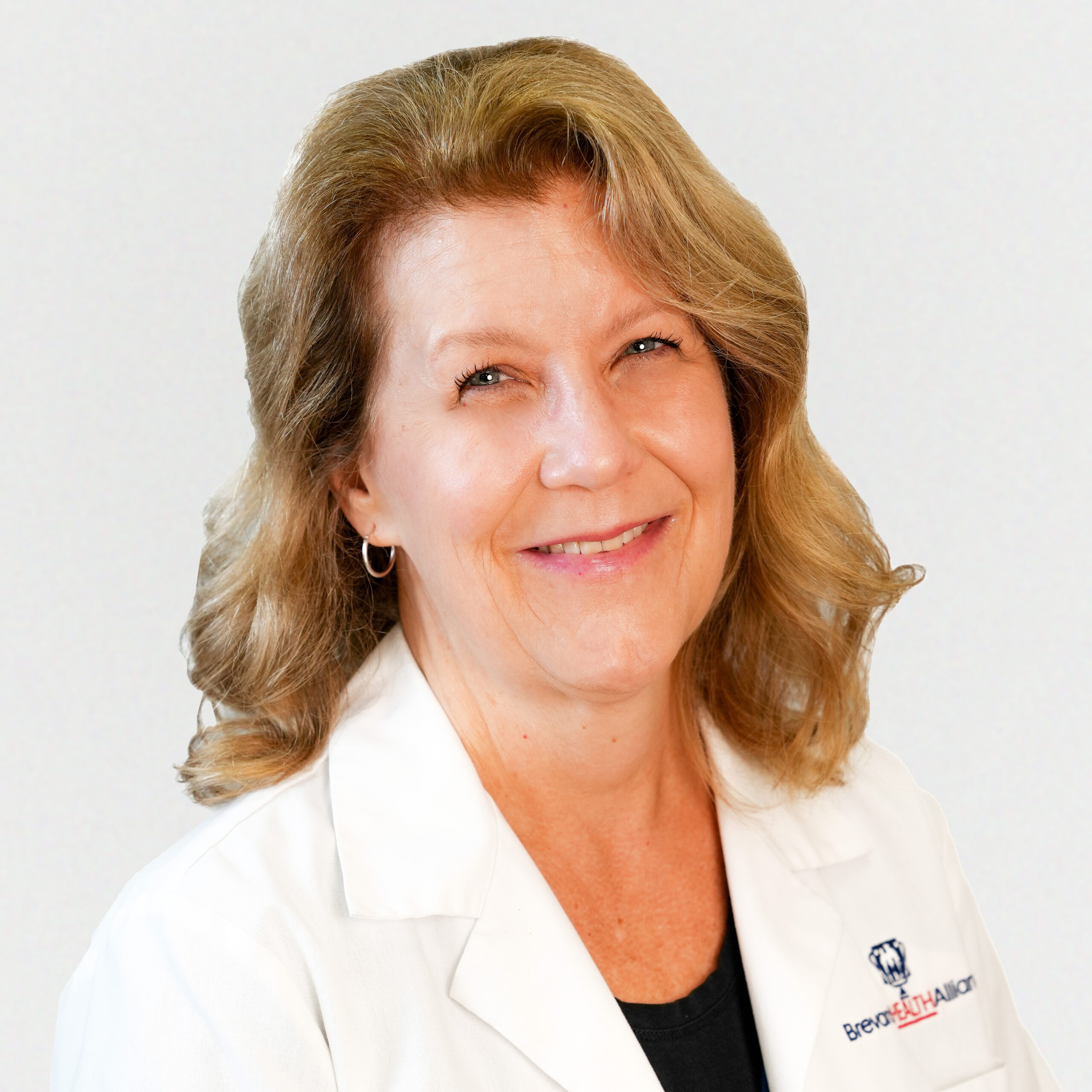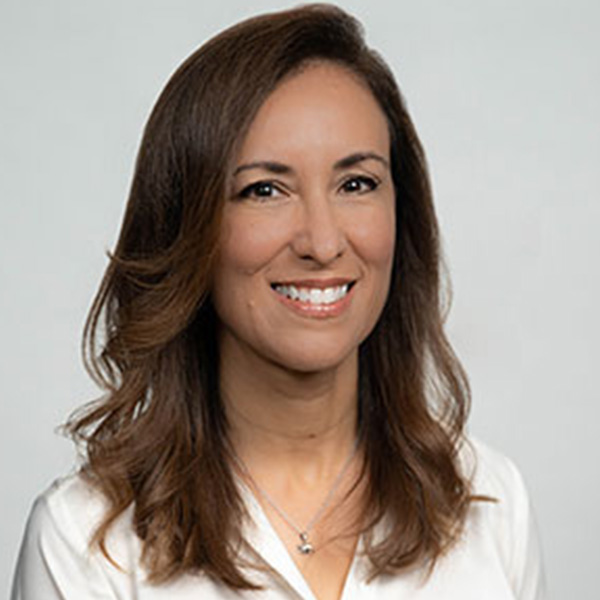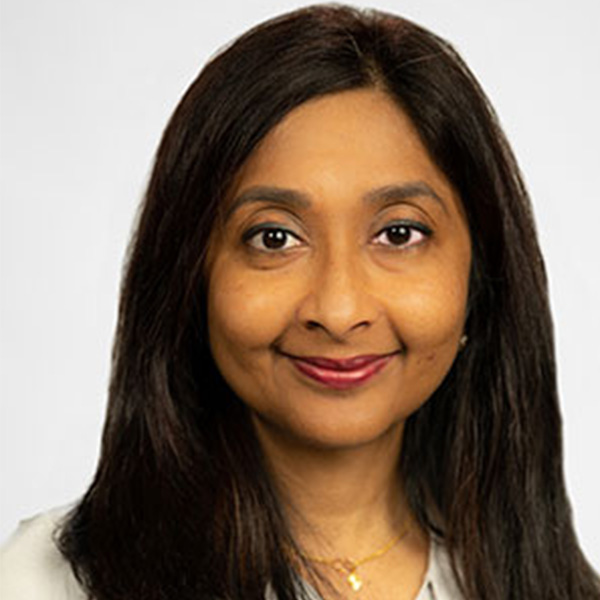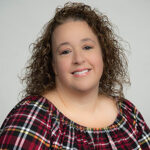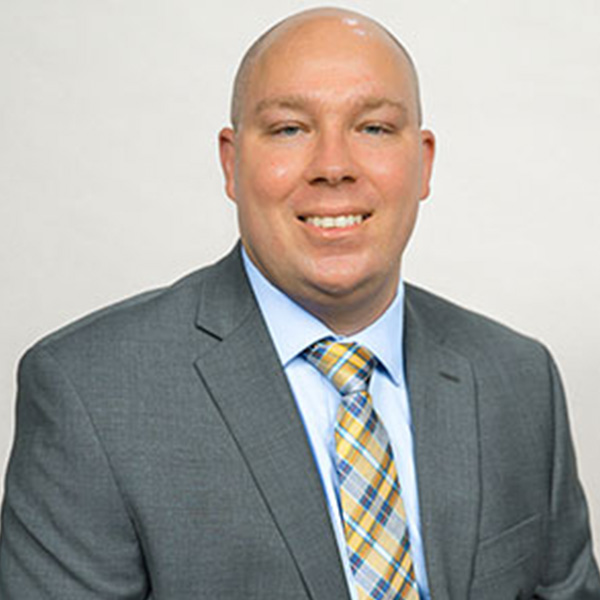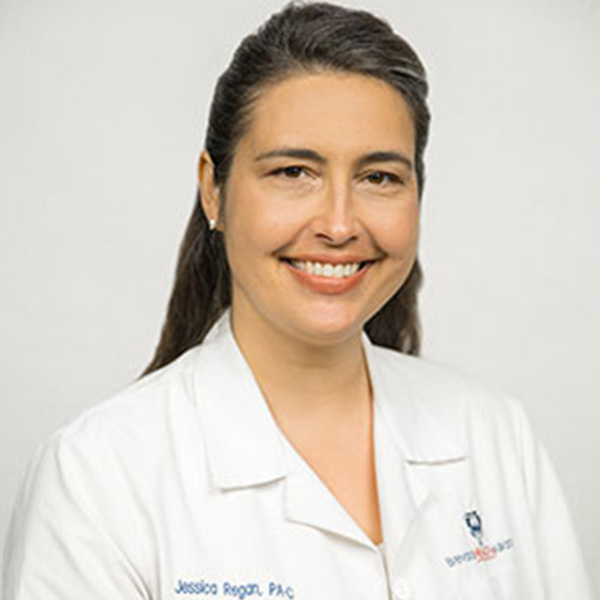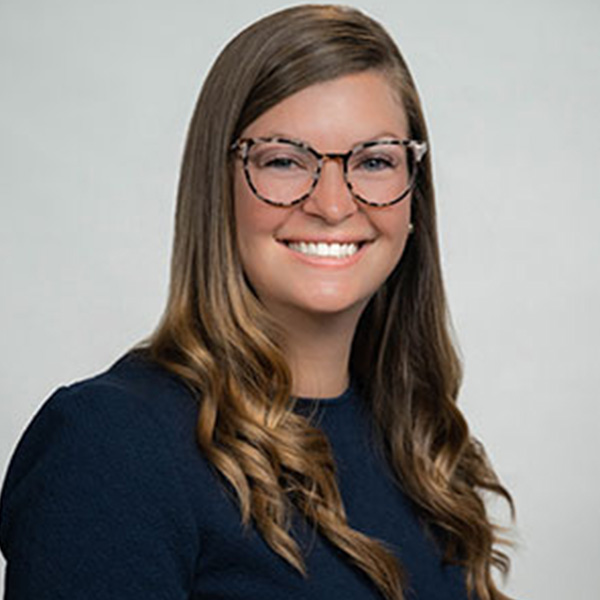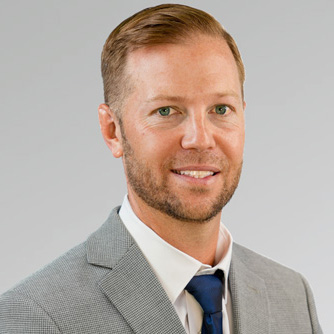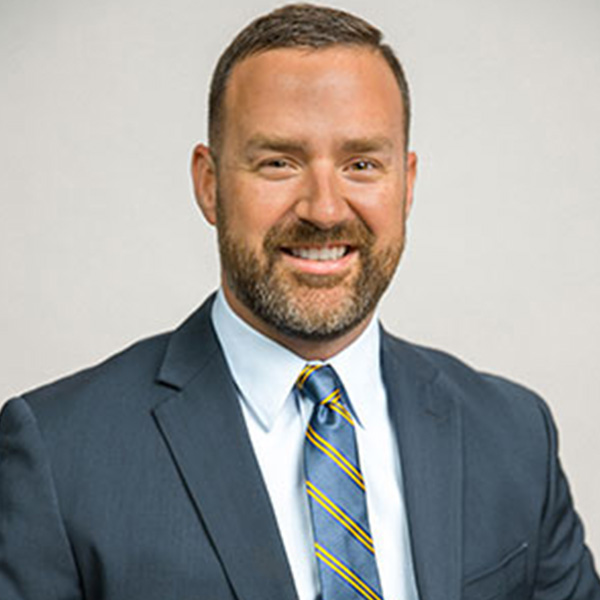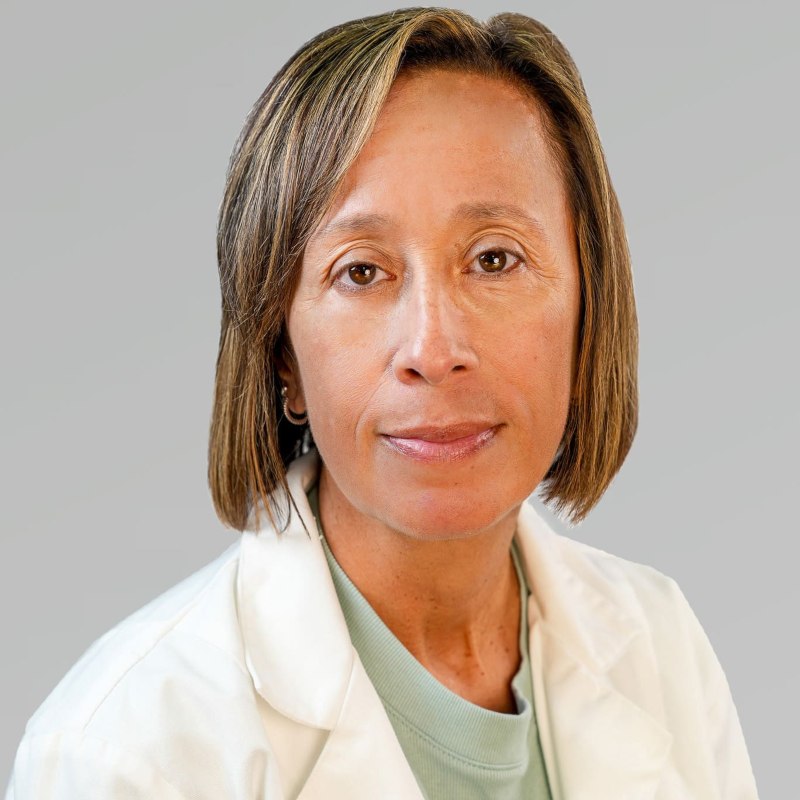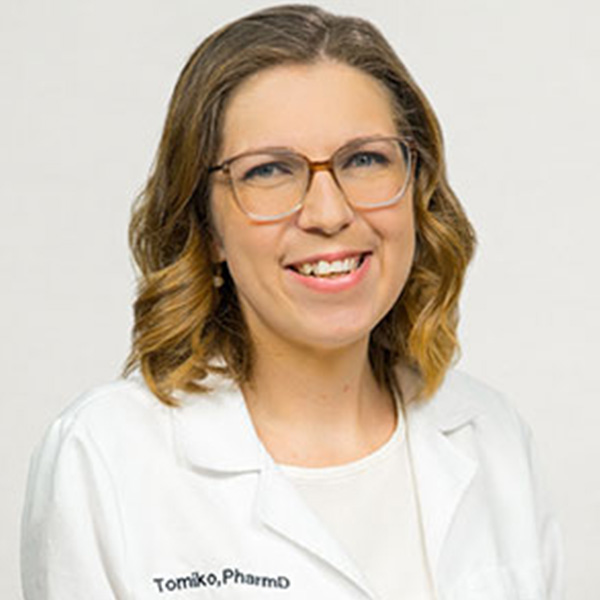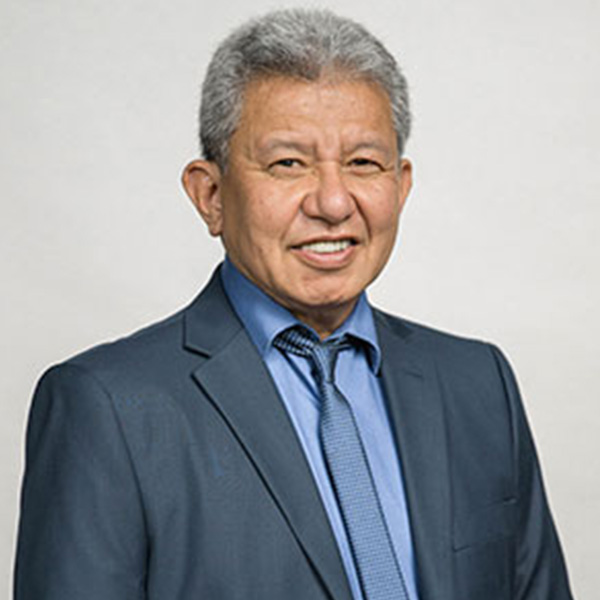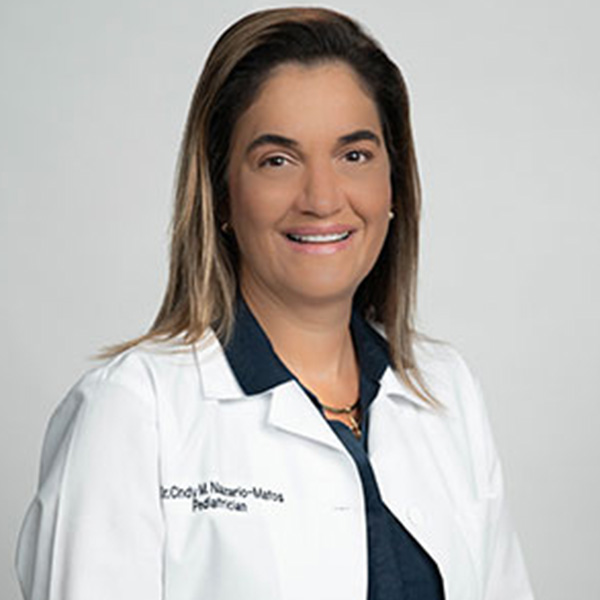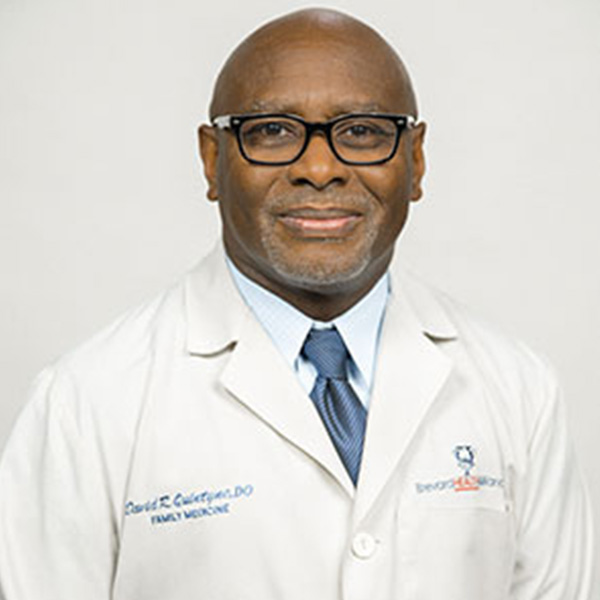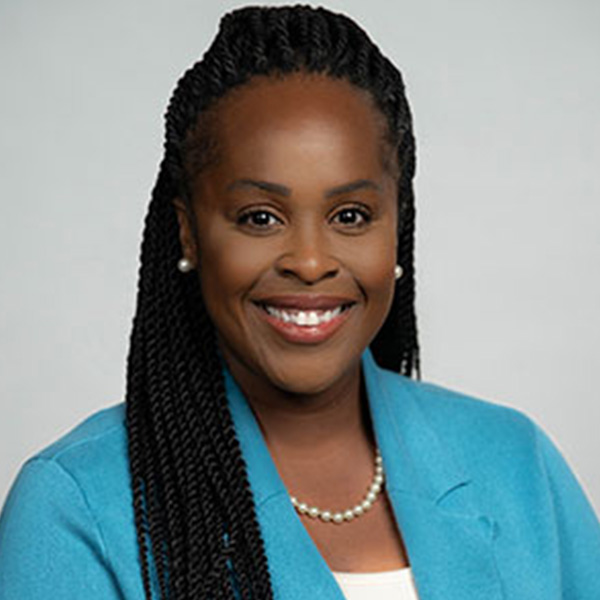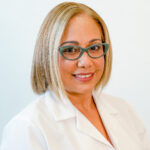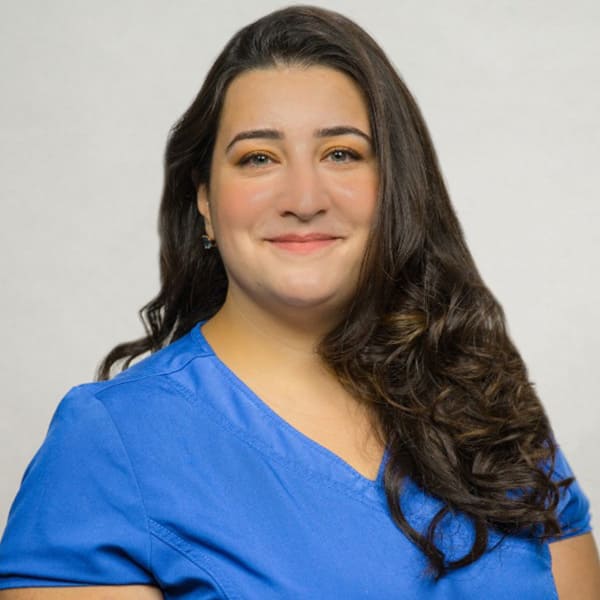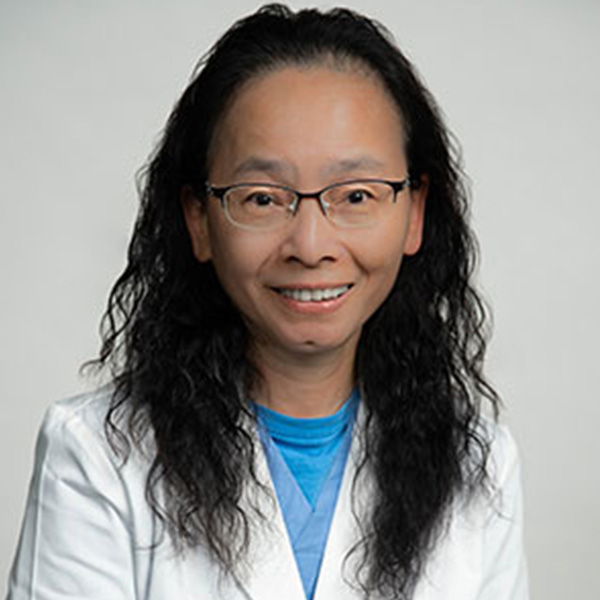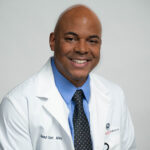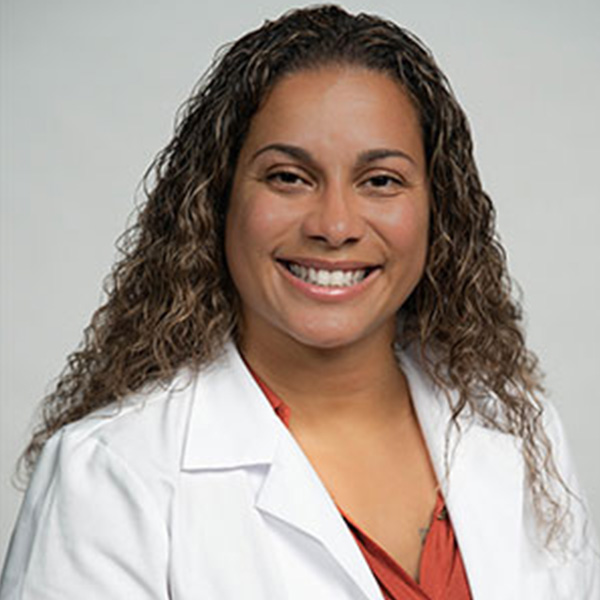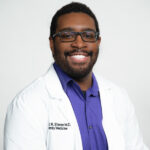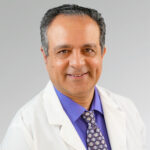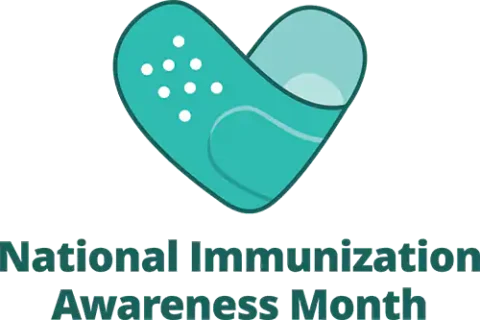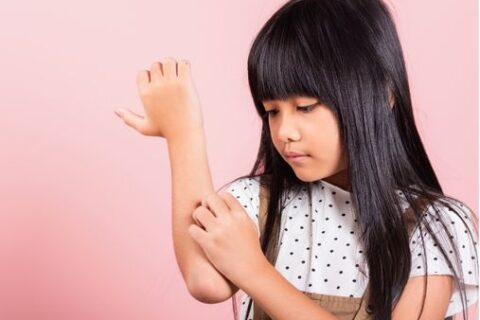Childhood Cancer Awareness Month
The American Childhood Cancer Organization and others recognize the month of September as Childhood Cancer Awareness Month. This period is designed to create greater awareness about pediatric cancer, emerging trends in the medical community, and resources available for families dealing with childhood cancer.
A quick statistical overview of how cancer impacts the lives of children.
*More than 15,000 children ages 0-19 in the United States are diagnosed with some type of cancer each year; world-wide, more than 300,000 children around the world receive that diagnosis.
*On average every three minutes a family hears the disheartening words, “your child has cancer.”
*Cancer remains the number one cause of death by disease for children in the United States.
The Most Common Types of Childhood Cancers
The World Health Organization estimates there are approximately 400,00 children between the ages of 0-19 years old that are diagnosed with some type of childhood cancer annually. The most common forms of childhood cancer are leukemias, brain cancers, lymphomas and solid tumors such as neuroblastoma and Wilms tumors.
Unfortunately, a child’s place of birth and socioeconomic status play a big part in rates or cure and survival, for several reasons.
In countries deemed high-income, the cure rate of childhood cancer is about 80-percent. In countries considered low-to-moderate income, the cure and survivability rate fall to less than 30-percent. There are a number of reasons for the stark rate difference between high-income countries and remaining countries. As you might guess, some of those rate differences are attributable to lower and moderate-income countries not having comprehensive means of detection and diagnosis; inability to obtain accurate diagnosis; inaccessible therapies and treatments; abandonment of treatment; death from toxicity (side effects) and avoidable relapse.
As with many adult cancers, the key to successful treatment and ultimate cure of most childhood cancers is early detection. Early and accurate diagnosis provide a medical landscape for early childhood cancer regimen. Depending on the type of cancer diagnosed, specific plans for treatment may include surgery, radiotherapy and/or chemotherapy.
Statistically speaking, an estimated 10-percent of newborns may be predisposed to some form of childhood cancer because of genetic factors.
Early Red Flags and Warning Signs
Because other common childhood diseases and injuries sometimes mimic early signs of childhood cancers, parent and guardians need to be aware of early red flags and establish good communication with a child’s pediatrician or family doctor. The American Cancer Society has established a checklist of early childhood cancer signs that includes these symptoms:
*An unusual lump or swelling.
*Unexplained paleness and loss of energy.
*Easy bruising or bleeding.
*Ongoing pain in one area of the body.
*Limping.
*Unexplained fever or illness that does not go away.
*Frequent headaches often accompanied by vomiting.
*Sudden eye or vision changes.
*Sudden weight loss.
The Role of Parental Concern and Early Intervention
Brevard Health Alliance’s Pediatrician Dr. Cindy M. Nazario-Matos, points out that parental concern and observation, along with “gut instinct” that something may be wrong, are key to early testing and diagnosis.
“Parents know their kids better than anybody else. If they are having any kind of concerns, an appointment with a Primary Care Physician should be done as early as possible to clear any doubts,” she advises.
“Common childhood illnesses usually resolve in a short period of time, while cancer symptoms persist; rather than improve, they worsen.”
As you might expect, Nazario-Matos says detecting cancer signs in their early stages is a key to successful medical intervention.
“The earlier we approach a problem, the faster we may find a solution for it. Early detection of cancer is the number one key factor for successful treatment and a higher probability for cure.”
The BHA Pediatrician adds that good communication and a good relationship with a child’s primary care physician joins early detection as important tools in addressing childhood cancers.
“It’s very important for parents to have a primary care physician who they trust. Having a PCP who knows your child, will provide early identification and further evaluation of abnormal signs and symptoms suggestive of a cancer diagnosis. Having that good relationship with the PCP promotes open communication that makes it easier for parents to bring up concerns, however mild they may be.”
Nazario-Matos shares with parents that there are some early tools of detection that can help determine a possible childhood cancer diagnosis.
“Specific tests that may be used to detect early signs of cancer in infants-to-four-year-old’s can be a blood sample.
“A CBC (Complete Blood Count) test that shows a high or low number of WBC (white blood cells), not associated with an acute infectious disease like a virus or bacterial infection, will be a red flag for a cancer diagnosis. An elevated SED rate (erythrocyte sedimentation rate) is a non- specific sign of inflammatory changes within the body, which in the absence of an infection, will alert us of further testing to rule out a cancer diagnosis.”
The BHA Pediatrician notes that local resources for Brevard County parents dealing with a childhood cancer diagnosis include Candlelighters of Brevard, as well as these national organizations.
*Leukemia and Lymphoma Society
*American Childhood Cancer Organization
